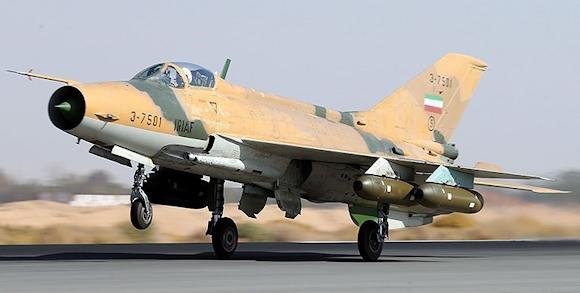
Introduction
Iran remains a focal point in global politics, given its rich history, significant resources, and ongoing regional tensions. As a country marked by complex socio-political dynamics and a pivotal role in Middle Eastern affairs, understanding its current situation is paramount for policymakers, businesses, and the general public alike. Recent events in Iran have implications not only for its citizens but also for international relations and global energy markets.
Recent Developments
The Iranian government has recently faced internal challenges including widespread protests triggered by socioeconomic issues, such as inflation and unemployment. The death of Mahsa Amini in police custody in 2022 sparked significant unrest, highlighting longstanding grievances regarding human rights and governmental policies. In response to these protests, the Iranian authorities have intensified their crackdown, limiting access to the internet, targeting dissenters, and using force to suppress demonstrations.
Regionally, Iran continues to play a critical role in various conflicts, particularly in Iraq and Syria, where it supports allied militia groups. Its influence extends to Lebanon through Hezbollah, raising concerns over its military ambitions and the potential for further regional destabilization. Furthermore, the ongoing negotiations surrounding Iran’s nuclear program remain critical, as talks resume in Vienna to address compliance with the Joint Comprehensive Plan of Action (JCPOA) after the U.S. withdrawal in 2018.
The Global Context
Iran’s geopolitical standing significantly impacts global oil markets. As one of the largest oil producers in the world, any instability in Iran can lead to fluctuations in global oil prices, which have been riding shocks from various geopolitical tensions, including the Russian invasion of Ukraine. Countries reliant on Iranian oil exports, particularly in Asia, are observing the developments closely while adjusting their energy strategies based on the outcomes of international sanctions and diplomacy.
Conclusion
In conclusion, Iran’s current landscape is profoundly intricate and evolving. The interplay of domestic struggles, regional ambitions, and global economic factors underscores the significance of this nation on the world stage. Observers note that as the international community engages with Iran over nuclear negotiations and human rights issues, the reactions from the populace and their implications for governance in Iran will be critical to watch. The future of Iran, both internally and externally, will likely define not only its role in the Middle East but also its relations with nations across the globe.



